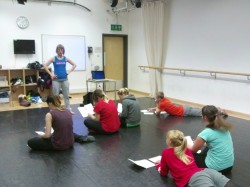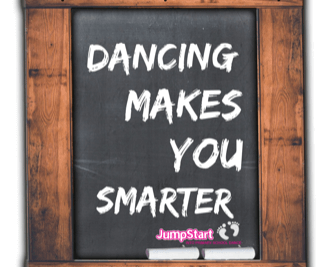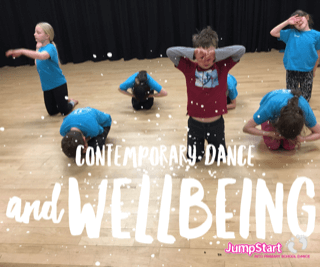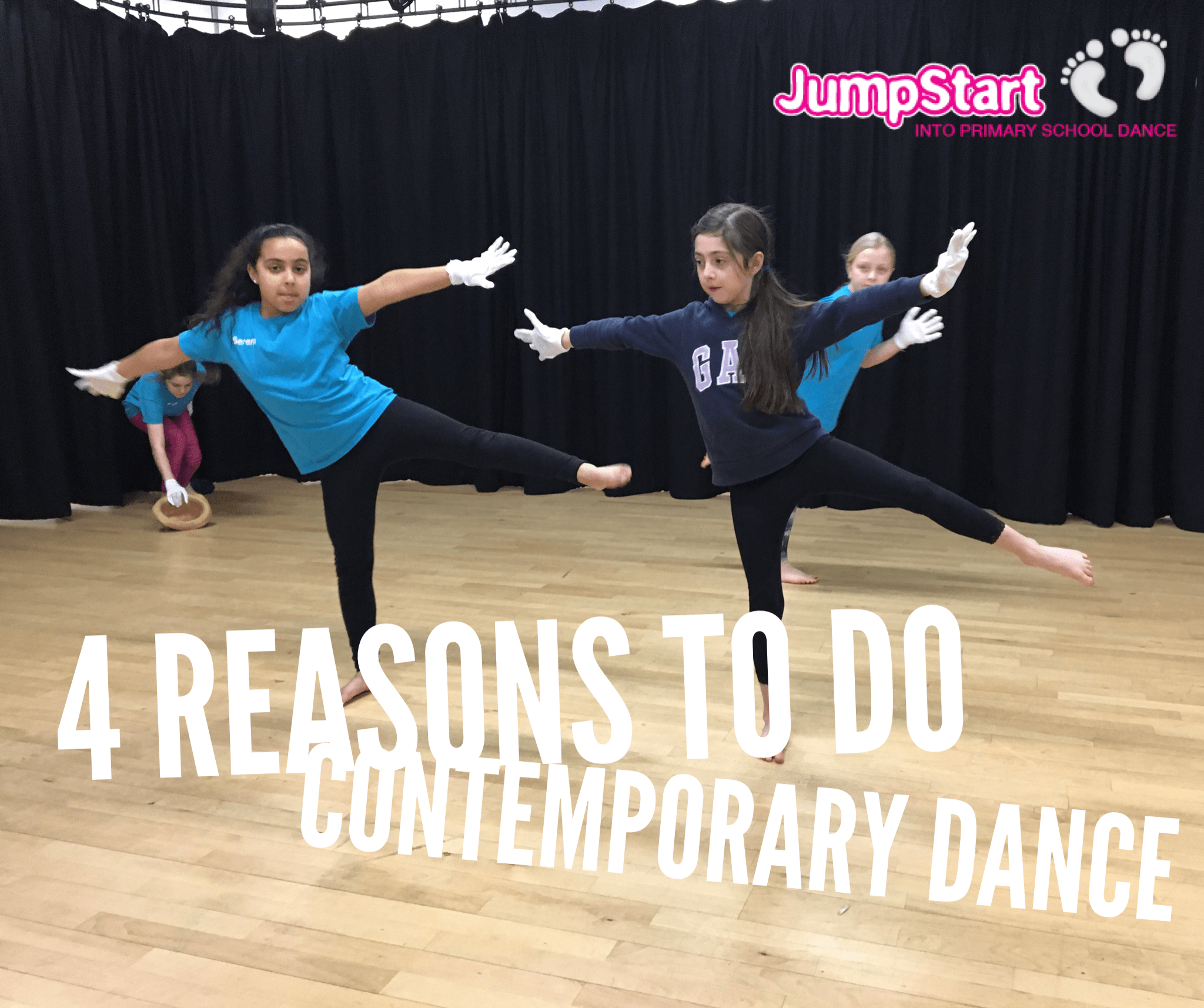Over the course of the last few weeks, we’ve been blogging about wellbeing and the…
Reasons to Dance: Brain Food
Taking part in physical activity doesn’t just have a positive impact on your physical health and your well-being. It can actually improve your intelligence. A study in North Carolina focused on raising the activity levels in children and discovered that in the classroom “14.8% of students were more focussed, 17% were more alert and 8% had improved behaviour. Similar studies have pointed to physical exercise having a positive influence on education” [1]
But what about dance specifically? The New England Journal of Medicine conducted a 21 year study into dementia to discover whether any particular physical or cognitive activities made any impact on the mental ability of older people. The researchers discovered that “Dancing was the only physical activity associated with a lower risk of dementia” [2.] And that’s the great thing about dance: it is all-encompassing. As Richard Powers states: “Dancing integrates several brain functions at once — kinesthetic, rational, musical, and emotional — further increasing your neural connectivity” [3]. Dancing can help make new neutral pathways in the brain, which improves our ability to make intelligent decisions.
In creative dance lessons, topics are often cross-curricular. I normally plan my sessions in conjunction with the class teacher so that we can explore a particular topic in a number of different ways. This term, for example, I will be teaching WW1 through dance. Children will get to explore what it was like to be a solider fighting in the trenches and discover what life was like in the 1910s, by performing the Castle Walk dance. So learning in the classroom will be consolidated through kinaesthetic experience.
Over the last few weeks, I have blogged about many reasons to dance. But perhaps the great thing about dance is its accessibility. Dance does not have boundaries – it can be done by anyone, regardless of age, ability, gender, class. Dance requires no specialist equipment, not even a dance studio (Hip hop dance originated from the streets of the Bronx). And in this digital age, anyone can watch a YouTube video and have a go in their own bedroom. We are lucky to be in an era where there are so many opportunities to participate in dance (and so many styles to choose from). So what are you waiting for?
If you would like more help and guidance on how to deliver dance in your school, keep following this blog as there will be plenty of practical ideas and videos to support you. In the next few months I’ll be blogging about:
- WW1
- Diwali
- A beginner’s guide to starting out in dance teaching
And if you would like more specific advice, I can be booked into your school to lead teacher training sessions on delivering primary school dance. For more information, visit my Dance Development Day page on the website, or email [email protected]
[1] Start Young Stay Active: Childhood physical literacy report. UK Active. 2014. http://www.ukactive.com/downloads/managed/Start_Young_Stay_Active_report.pdf (accessed 13th August 2014) [2] Leisure Activities and the Risk of Dementia in the Elderly. Verghese, J et al. 2003. http://www.nejm.org/doi/full/10.1056/NEJMoa022252#t=articleResults (accessed 2nd September 2014) [3] Use it or Lose it: Dancing Makes You Smarter. Powers, R. 2010. http://socialdance.stanford.edu/syllabi/smarter.htm (accessed 2nd September 2014)




